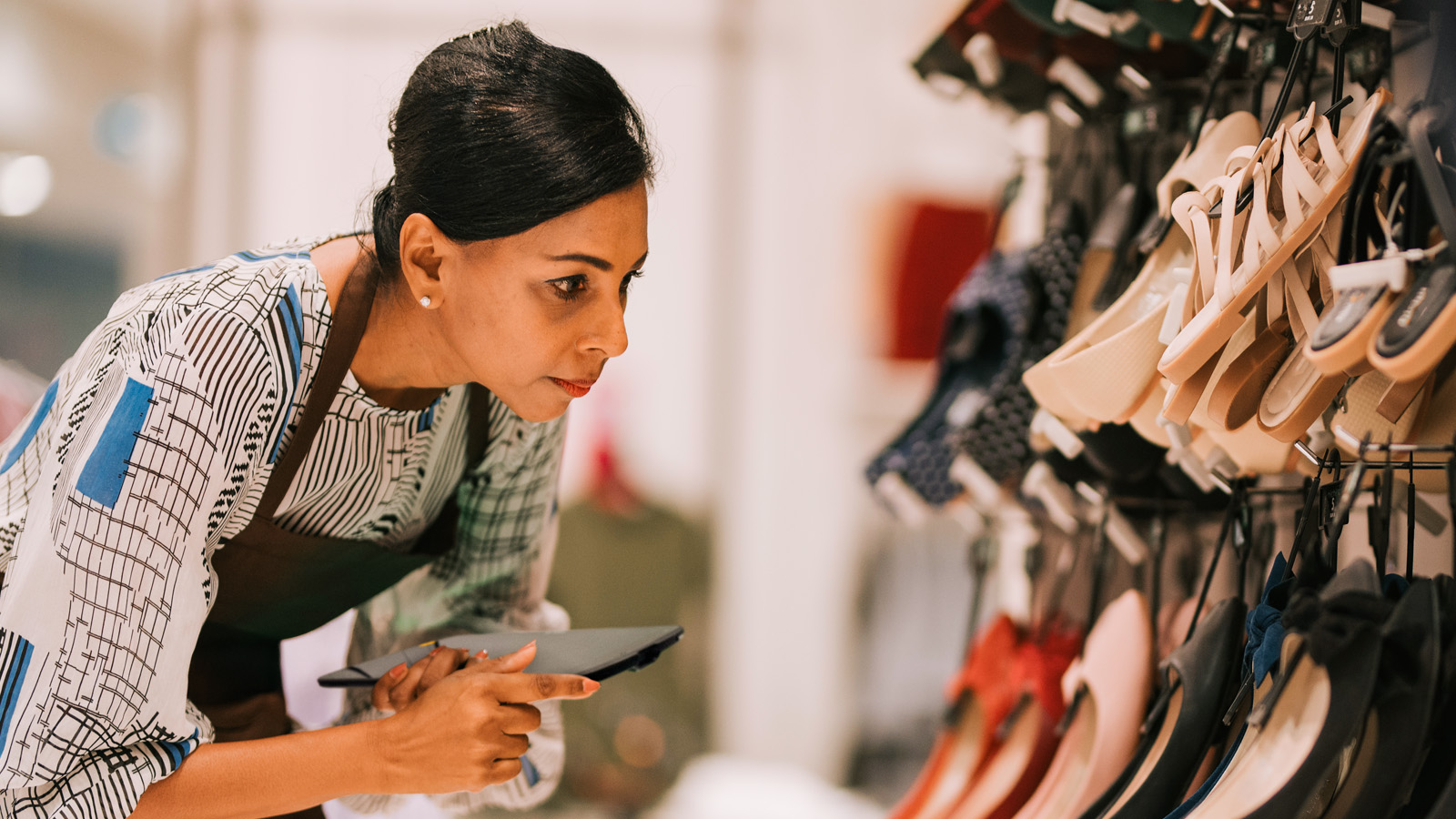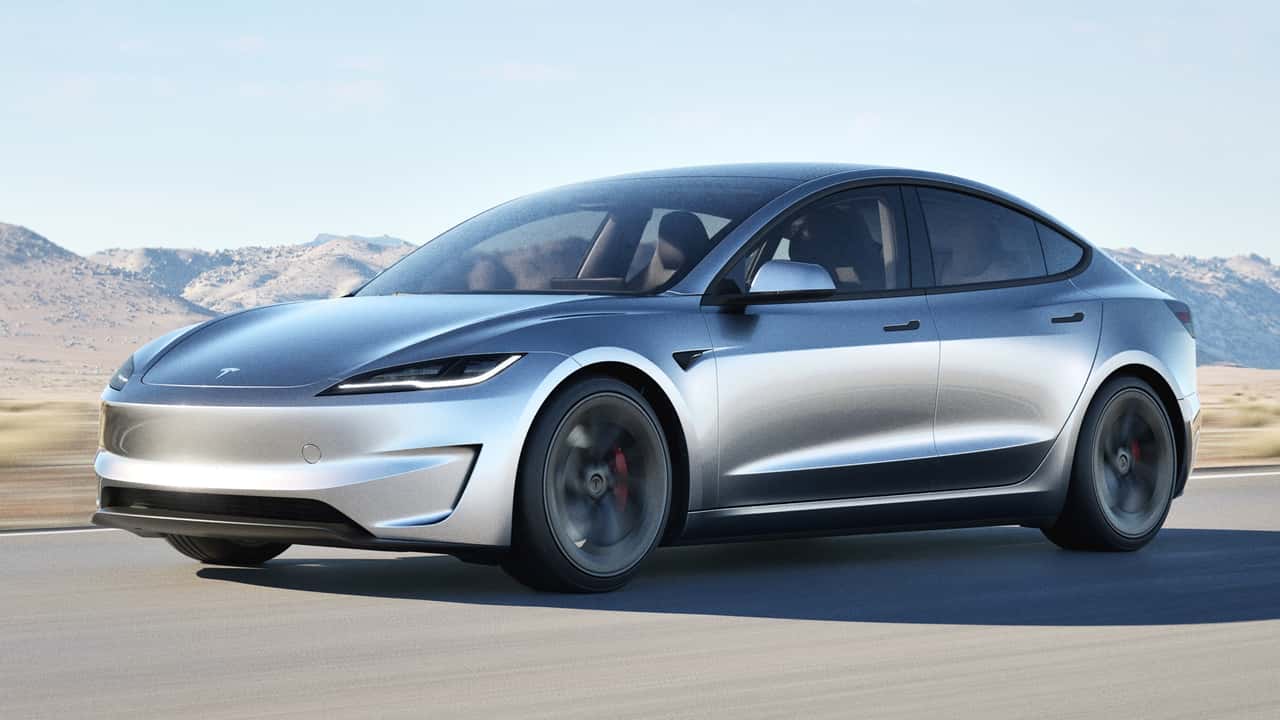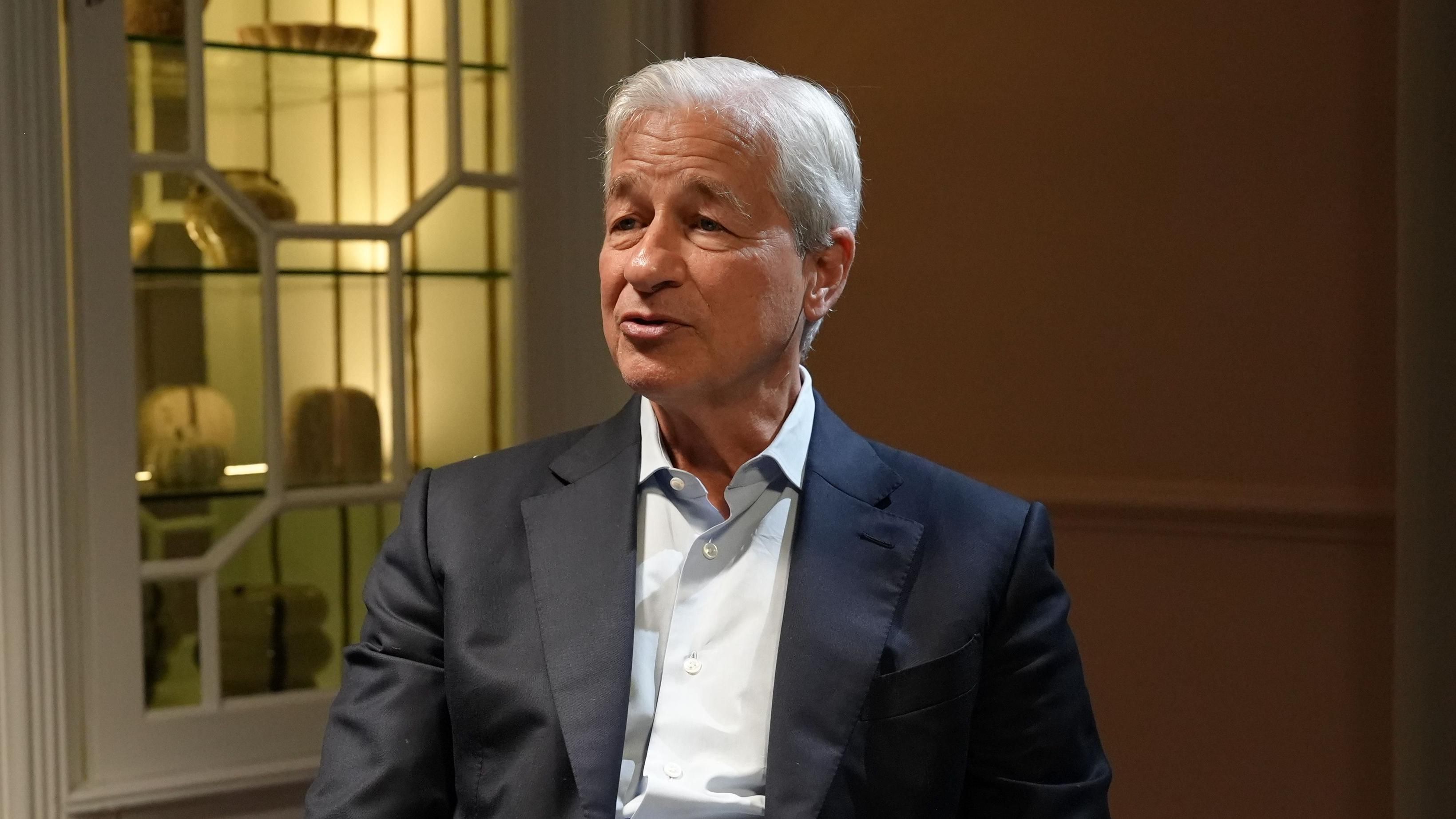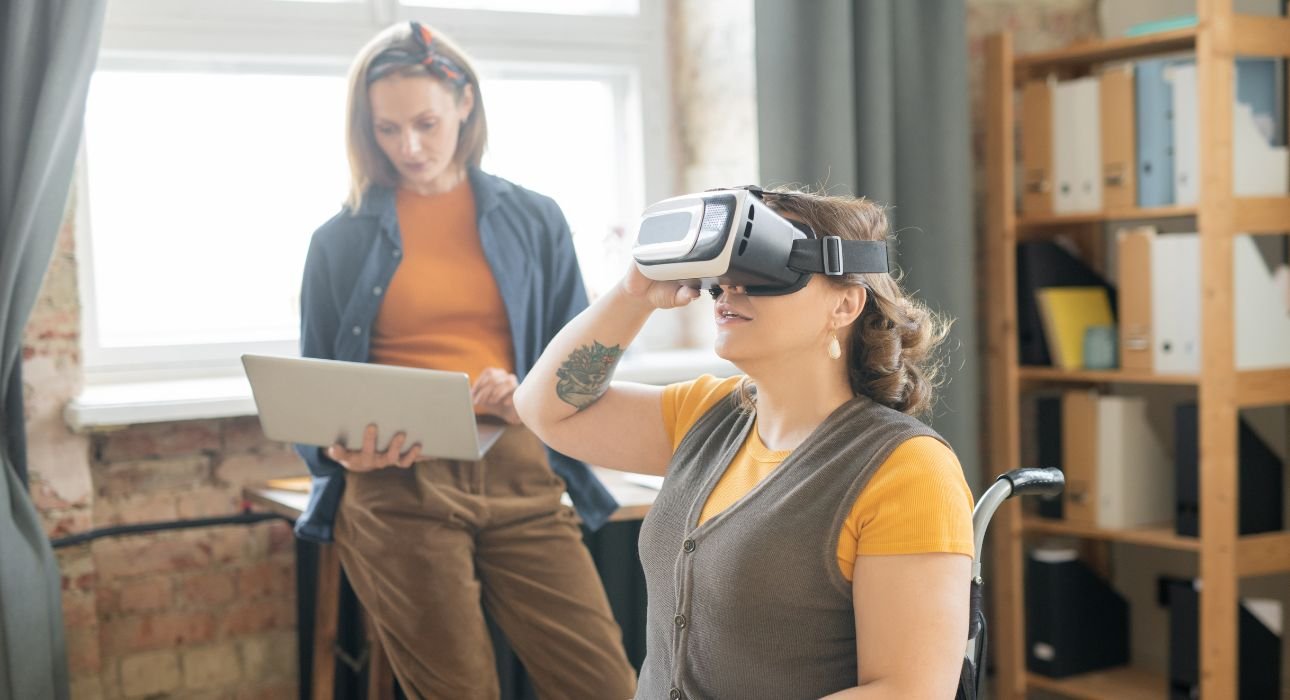The landscape of physical retail is undergoing rapid transformation, impacted by a confluence of technological innovation, evolving consumer expectations, and macroeconomic shifts. Today, brick-and-mortar stores can no longer rely solely on legacy business models and traditional customer service paradigms. Several significant trends are not just shaping the sector—they are fundamentally disrupting how physical retail operates, compels footfall, and competes with a digitally driven marketplace.
Omnichannel Integration: Blurring Online and Offline Boundaries
One prominent change-maker in the physical retail sector is the vigorous adoption of omnichannel approaches. Retail companies now understand that customers demand seamless, uniform experiences across all channels. This involves achieving coherence between brick-and-mortar stores, online shopping platforms, mobile apps, and even social commerce.
For instance, major retail chains such as Target and Walmart have made significant investments in online purchasing options with in-store pickup. As stated in a 2023 study by the National Retail Federation, over 70% of shoppers used this system at least once in the last year. This blended approach not only boosts foot traffic in physical locations but also offers conventional retailers crucial data across different channels, allowing for more precise marketing and better inventory management.
Case Study: Nordstrom The “Nordstrom Local” initiative showcases a successful approach to omnichannel innovation. These compact, inventory-free locations enable customers to collect online purchases, return items, or receive bespoke styling guidance, boosting ease of access while maintaining a streamlined operation.
Experiential Retail: Turning Locations Into Attractions
Physical retail is shifting away from purely transactional spaces to experiential venues that emphasize community, engagement, and brand immersion. Modern consumers, particularly Millennials and Gen Z, prioritize unique, memorable experiences over simple product acquisition.
Example: Nike’s House of Innovation Nike’s flagship stores, dubbed “House of Innovation,” offer features like interactive sports zones, customization bars, and AR-enhanced product displays. These elements stimulate longer dwell times and foster deeper emotional connections between consumers and the brand.
Experiential elements extend beyond gimmicks; they play a crucial role in influencing purchasing decisions. According to a 2022 Deloitte survey, 58% of shoppers are more likely to revisit stores that offer engaging experiences, such as in-store events, workshops, or immersive product demos.
The Rise of Checkout-Free and Contactless Commerce
Driven by advances in computer vision, AI, and IoT devices, the concept of frictionless checkout is rapidly entering mainstream retailing. The global pandemic amplified this demand, making hygiene and speed paramount.
Amazon Go and Competitors Amazon Go pioneered the “Just Walk Out” technology, enabling shoppers to enter, shop, and exit without physically checking out—transactions are managed seamlessly via mobile apps and smart sensors. Other retailers, including 7-Eleven and Tesco, are experimenting with similar formats, cutting operational costs while addressing consumer demand for convenience.
Data Insights A Juniper Research report forecasts that frictionless checkout technologies could process $386 billion in transactions globally by 2025. This acceleration is supported by consumer feedback—over 60% of respondents in a 2023 Capgemini poll stated they prefer self-service checkout options, citing speed and better control.
Environmental Responsibility and Moral Trade
Today’s consumers are increasingly conscious of their environmental and ethical footprints. Physical retail must respond by integrating sustainability across operations, from eco-friendly store design to supply chain transparency and localized sourcing.
Retailer Example: IKEA has amplified its sustainability initiatives in its physical stores by using eco-friendly materials, providing repair services, and testing buyback programs for furniture. These efforts strongly connect with customers who see environmental accountability as a standard expectation rather than something unusual.
Additionally, smaller chains and independent retailers are using sustainability as a distinct selling point. Actions like zero-waste packaging, carbon-neutral delivery for store collections, and local recycling locations are fostering loyalty among environmentally conscious consumers.
Adaptive Store Formats and Micro-Fulfillment
Retail space is evolving to become more agile and responsive to local market trends and inventory optimization. The proliferation of micro-fulfillment centers—small, automation-driven storage facilities close to consumer clusters—enables rapid delivery and supports click-and-collect models.
Case Study: Kroger Kroger, the primary supermarket chain in the U.S., collaborates with robotics companies to establish automated micro-fulfillment facilities next to their current locations. This approach significantly cuts down on final-mile delivery durations and improves inventory rotation, giving an advantage over online retailers with quick shipping options.
Retailtainment and Community-Driven Commerce
Physical stores are evolving into communal spaces that foster social interaction and entertainment. This trend, often dubbed “retailtainment,” is apparent in locations like Apple’s flagship stores, which host Today at Apple sessions, providing free educational workshops and performances.
Community Hubs Brands such as Patagonia and Lululemon organize community runs, sustainability workshops, and fitness classes, transforming their stores into social anchors rather than mere points of sale. These strategies deepen brand affinity and differentiate physical stores as essential gathering spaces.
AI-Powered Personalization and In-Store Analytics
Retailers are deploying sophisticated analytics platforms powered by artificial intelligence and machine learning to customize the in-store experience. This includes dynamic pricing displays tailored to customer profiles, personalized promotions delivered via smartphone beacons, and even AI-driven fitting room assistants.
Emerging Example: Sephora Sephora’s in-store AI technologies recommend products based on skin type, past purchases, and real-time feedback, providing a highly individualized experience that increases both satisfaction and spend.
Additionally, retailers are implementing heat mapping and facial recognition technologies to enhance store arrangements, product positioning, and workforce allocation, boosting both customer interaction and sales conversion.
Physical retail is being reinvented by forces that recognize the blurring of digital and brick-and-mortar boundaries, the pursuit of sustainability, and the desire for deeper, more meaningful engagement. No longer just transactional outposts, stores are transitioning into multi-dimensional hubs—part fulfillment center, part event space, part community anchor. The trends reshaping the industry will reward those retailers who can anticipate shifts in expectations, embrace technology, and design human-centric, adaptive experiences. The disruption is as much about mindset as it is about logistics, and those who adapt will help define the future contours of retail itself.




